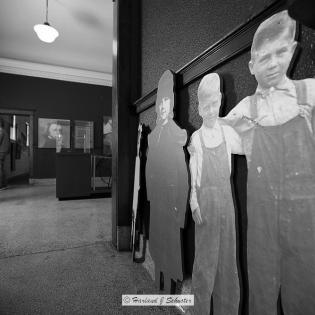Philanthropy and Children Who Are Homeless
How does an investment in something we care about impact the future?
Photo Credit: Orphan Train Museum by Kansas Tourism is licensed under CC by 2.0
Through a study of the Orphan Train in social studies and language arts, students gain an understanding of the historic roots related to homeless children in American society and the philanthropic efforts made to improve the conditions of these children.
Students read about the Orphan Train and compare and contrast how that philanthropic effort has evolved today.
Students examine the intent and reality of the orphan train and discuss whether it was an effective solution to child homelessness. They write and speak about the traits of someone who takes action for others and civil society.
Students select an issue area and research on the Internet, specifically the Learning to Give briefing papers to identify philanthropists and philanthropic organizations who have an interest in addressing that issue. Using the information gained from research, students write a persuasive letter to a philanthropist or philanthropic organization in support of a worthwhile cause in the community.
The purpose of the lesson is to create an awareness of local agencies that provide services for needy people, teens, and families in the community. Students will also learn the motivations for giving and see how help is provided to the community through the four sectors of the economy. Students will research and select a community agency and plan a service-learning project.
